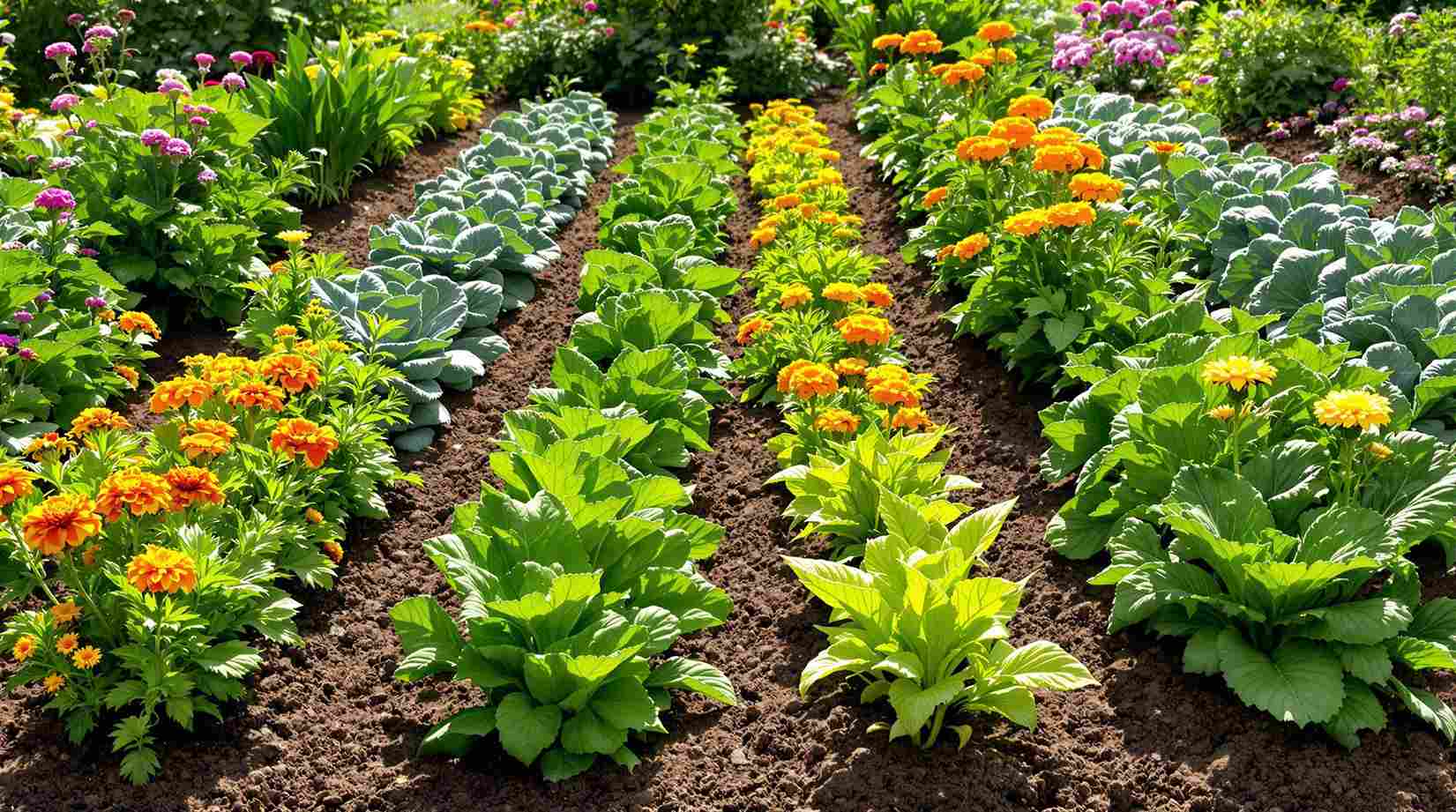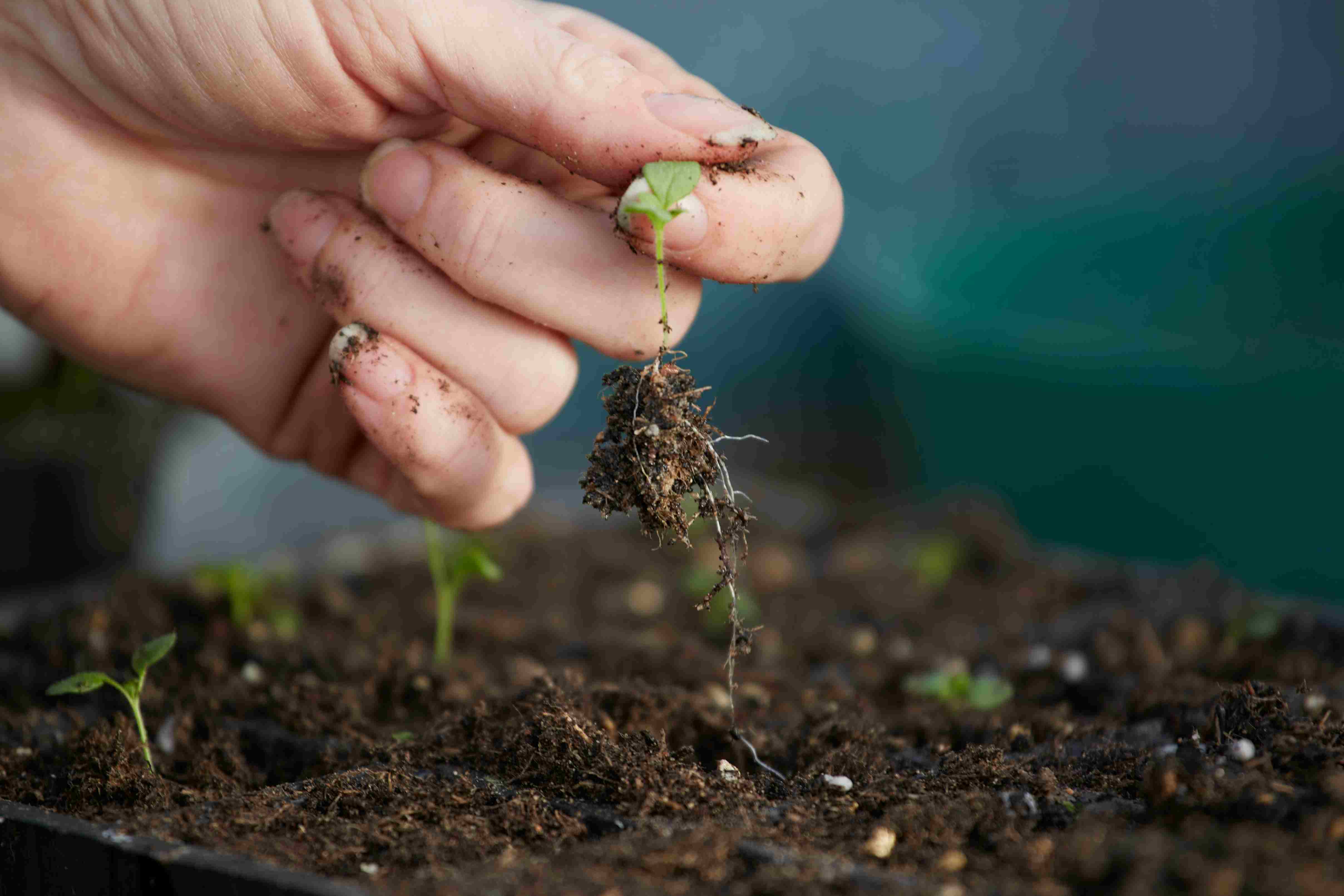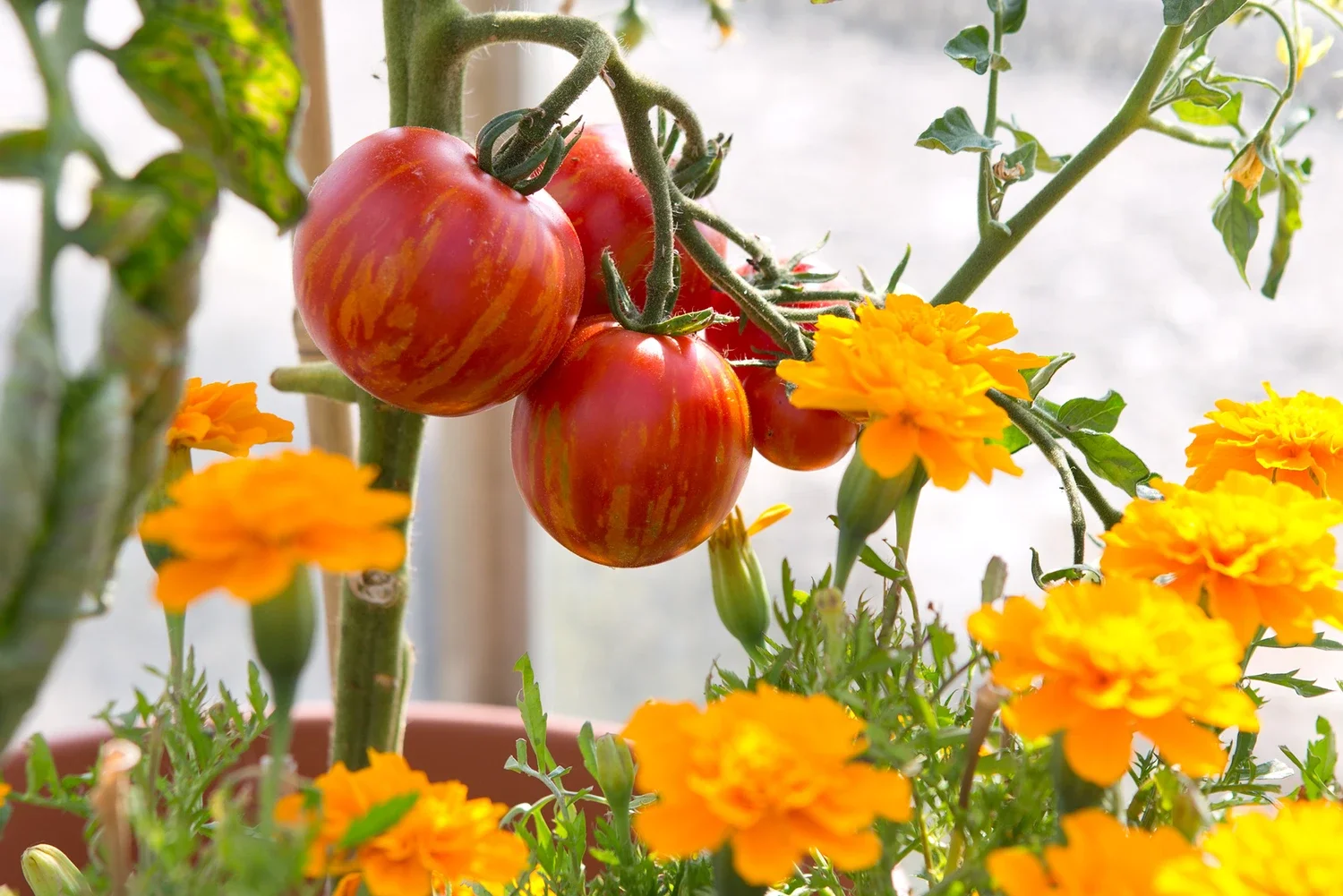Why Companion Planting May Be the Easiest Way to Build a Resilient Garden in India
What if your garden could grow more — with less effort, fewer chemicals, and almost no waste? Turns out, it’s not a new idea. For generations, farmers across India have been pairing plants like maize and beans, turmeric and ginger, letting them support each other the way nature intended.
Today, as more of us turn to kitchen gardening and eco-friendly ways to grow food, this age-old practice, called companion planting, is making a quiet comeback. And it might just be the simplest way to build a healthier, more resilient garden.
Our grandparents might not have called it “companion planting”, but they knew instinctively which crops thrived together — turmeric under banana, greens with onions. If you’ve ever seen methi peeking out from under a brinjal plant in your nani’s backyard, you’ve seen companion planting in action.
What makes companion planting work
1. Natural pest control
Some plants naturally repel insects or protect neighbouring crops by acting as trap crops. For example:
- Marigolds release compounds that deter nematodes and aphids, especially beneficial near tomatoes and cucumbers.
- Nasturtiums attract aphids, keeping them away from leafy greens and cabbage.
- Basil, when grown with tomatoes, improves flavour and repels hornworms. The scent of basil wafting up as you brush past your tomato pots isn’t just pleasant, it’s strategic.
 Farmers across India have been pairing plants like leafy vegetables with flower plants, letting them support each other. Picture source: Thrive Lot
Farmers across India have been pairing plants like leafy vegetables with flower plants, letting them support each other. Picture source: Thrive Lot
Indian farmers have long used neem trees and tulsi around fields for their insecticidal properties — practices that now find validation in modern entomology studies.
2. Nutrient enhancement
Certain crops, particularly legumes like beans, urad dal, and peas, have the unique ability to fix nitrogen in the soil through symbiotic bacteria in their root nodules. When grown alongside nitrogen-hungry crops like maize or spinach, they naturally enrich the soil.
 Maize is one of the most important plants used for crop rotation and nutrient enhancement. Picture source: Ugaoo
Maize is one of the most important plants used for crop rotation and nutrient enhancement. Picture source: Ugaoo
In fact, intercropping legumes with cereals like maize has been shown to improve yield by 25 to 30 percent while reducing the need for chemical fertilisers — a model now supported under India’s Paramparagat Krishi Vikas Yojana, a national programme to promote traditional, low-input organic farming.
3. Soil health and microclimate regulation
Companion planting also improves soil structure and water use.
 Maintaining the quality of the soil is one of the main aims of companion farming. Picture source: Pexels
Maintaining the quality of the soil is one of the main aims of companion farming. Picture source: Pexels
- Groundcovers like methi (fenugreek) or spinach reduce water evaporation and weed growth.
- Tall crops like maize can provide natural shade for herbs like coriander or ajwain in hot summers.
- Deep-rooted plants like turmeric bring up nutrients from lower soil layers, benefiting shallow-rooted companions.
These interactions mimic nature’s own layering — creating a self-sustaining, water-efficient garden.
How to get started with your own plant pairings
Companion planting isn’t about strict rules — it’s about observation, balance, and local wisdom. Here’s how you can get started:
- Start small, with four to six plant types in a raised bed or large pots.
- Group plants by synergy: Grow pest-repelling herbs and flowers alongside vegetables.
- Rotate crops seasonally and mix plant heights and root depths.
Some popular and effective Indian pairings include:
 A classic example of companion farming is tomato and marigold. Picture source: BBC
A classic example of companion farming is tomato and marigold. Picture source: BBC
- Tomatoes with basil or marigold: improves taste and deters pests
- Carrots with onions or leeks: wards off carrot flies
- Beans with corn or bottle gourd: supports climbing and enriches soil
- Cabbage with chamomile or dill: boosts growth and deters moths
- Avoid planting fennel near most vegetables: it’s notoriously incompatible
A key principle: don’t overcrowd. Give each plant enough room to grow, while still allowing interaction between their root zones and canopies.
Native Indian combinations to try
Prefer to stick with plants easily available around you? Here are a few classic Indian pairings you can experiment with:
- Brinjal (baingan) + methi (Fenugreek): Methi acts as a groundcover and improves soil health.
- Okra (bhindi) + Marigold: Marigolds deter aphids and nematodes attacking okra plants.
- Chillies + Coriander: Coriander attracts beneficial insects and provides shade for chilli roots.
These combinations aren’t just practical — they’re deeply rooted in India’s farming traditions and work beautifully even in small urban spaces.
Companion planting for climate resilience and circular gardening
What makes companion planting truly powerful is its alignment with circular, regenerative principles — the kind needed in a climate-stressed world.
 Companion farming maintains balance in the environment. Credit: Pexels
Companion farming maintains balance in the environment. Credit: Pexels
- It reduces chemical dependency by allowing plants to naturally support and protect each other.
- It conserves water, especially when combined with mulching and shade-based planting.
- It promotes biodiversity, encouraging beneficial insects, microbes, and fungi to flourish.
- It supports soil carbon sequestration, a key factor in climate mitigation.
In rural and urban India alike, companion planting fits into broader movements like Zero Budget Natural Farming (ZBNF), permaculture, and rooftop food forests — systems that nourish people while respecting the planet.
In a world chasing quick fixes, companion planting reminds us that nature already knows the way. We just have to trust it. By observing what thrives locally, leaning on traditional pairings, and treating our gardens as living ecosystems, we can create spaces that are not just productive, but resilient. The answers have always been in the soil — we only need to listen.
Edited by Khushi Arora
News